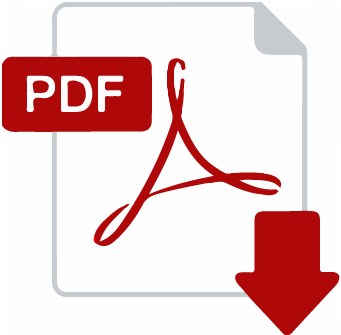Résumé/Abstract
Fluide biologique et marchandise universelle, culturellement malléable et lié aux avantages économiques de l’exploitation agricole et de l’expansion coloniale, le lait s’est trouvé au cœur de dispositifs, d’idéologies et de discours relatifs à la définition, à l’hybridation ou à la prétendue supériorité des identités nationales et raciales. Aux États-Unis en particulier, le liquide à la blancheur immaculée a symboliquement et légalement accompagné les angoisses liées à l’immigration étrangère et le développement d’une identité américaine essentiellement fondée sur la blanchité. Cet article analyse un corpus d’œuvres audiovisuelles états-uniennes où des images de lait apparaissent au moment d’interroger la visibilité, la définition ou la subversion de l’identité blanche, conçue comme une norme raciale qui tire pourtant son pouvoir de son invisibilité. Les critical white studies ont appelé à une subversion de la normativité et de l’invisibilité blanches, en rappelant notamment le caractère arbitraire, contingent et hétérogène d’une telle catégorie. Or, la consommation de lait intervient, de manière étonnamment récurrente, dans de nombreux films et plusieurs séries télévisées où se négocient précisément de telles problématiques. Aussi représente-t-il l’aliment idéal pour penser, de manière intersectionnelle, les processus d’unification et de division entre genre, sexe, race et classe qu’il vient illustrer au cinéma et dans les séries télévisées.
A biological fluid and universal commodity, culturally malleable and linked to the economic benefits of agricultural exploitation and colonial expansion, milk has found itself at the heart of devices, ideologies and discourses pertaining to the definition, hybridization or alleged superiority of national and racial identities. Particularly in the United States, the immaculate whiteness of this liquid has symbolically and legally accompanied anxieties linked to foreign immigration and the development of an American identity essentially based on whiteness. This article analyzes a corpus of American audiovisual works in which images of milk appear when questioning the visibility, definition or subversion of white identity, conceived as a racial norm that nonetheless derives its power from its invisibility. Critical white studies have called for a subversion of white normativity and invisibility, highlighting the arbitrary, contingent and heterogeneous nature of such a category. Yet the consumption of milk is a surprisingly recurrent feature of many movies and TV shows where such issues are negotiated. As such, it represents the ideal commodity for thinking intersectionally about the processes of unification and division between gender, sex, race and class that it illustrates in films and TV series.
Citer
Aurel Rotival, « Un lait (plus ou moins) blanc : blanchité et masculinité dans le cinéma et les séries états-uniennes », dans Pagaille, n°4, « À la table des émotions: manger dans la littérature et les arts », 2025, p. 96–109. Url : https://revue-pagaille.fr/2025–4‑rotival/
